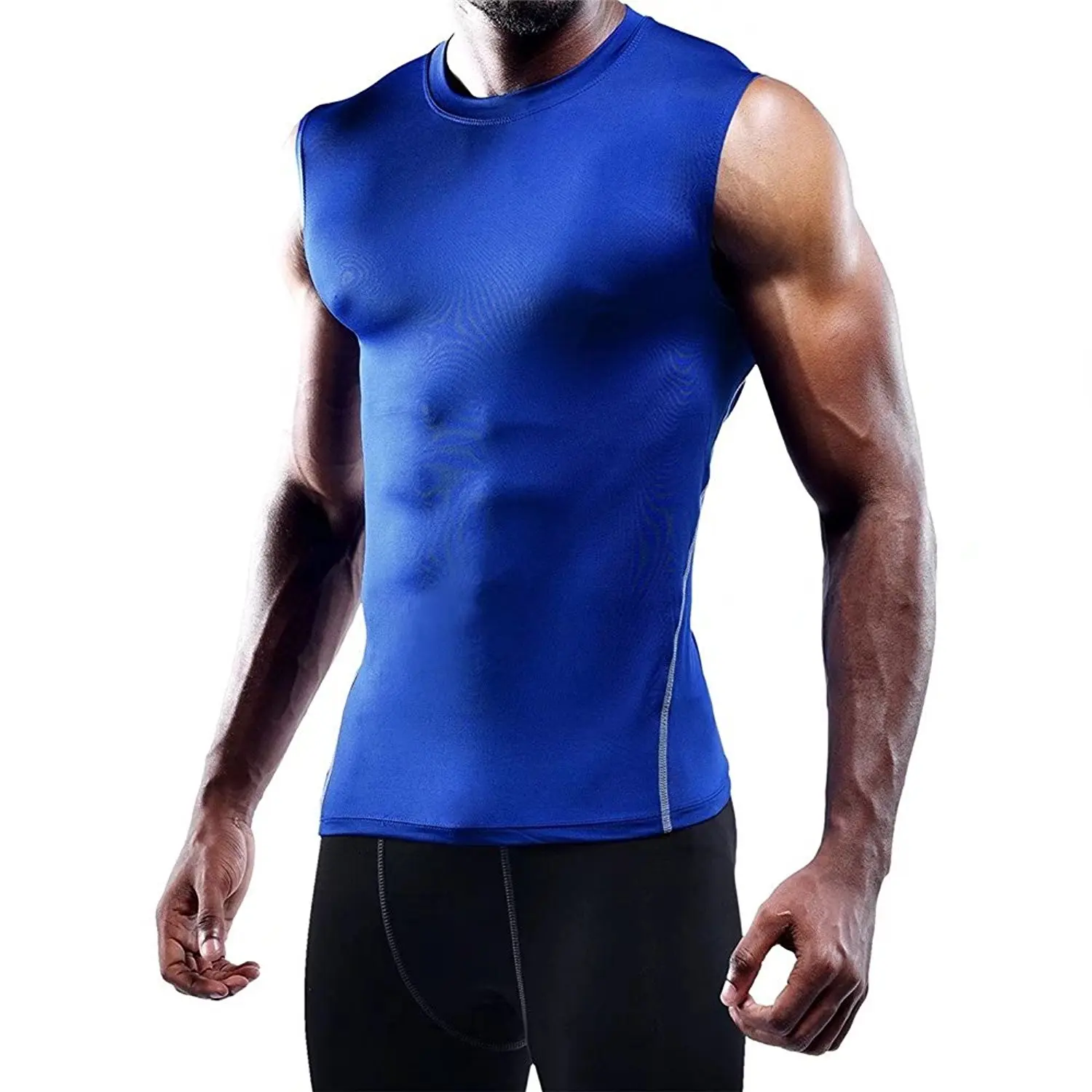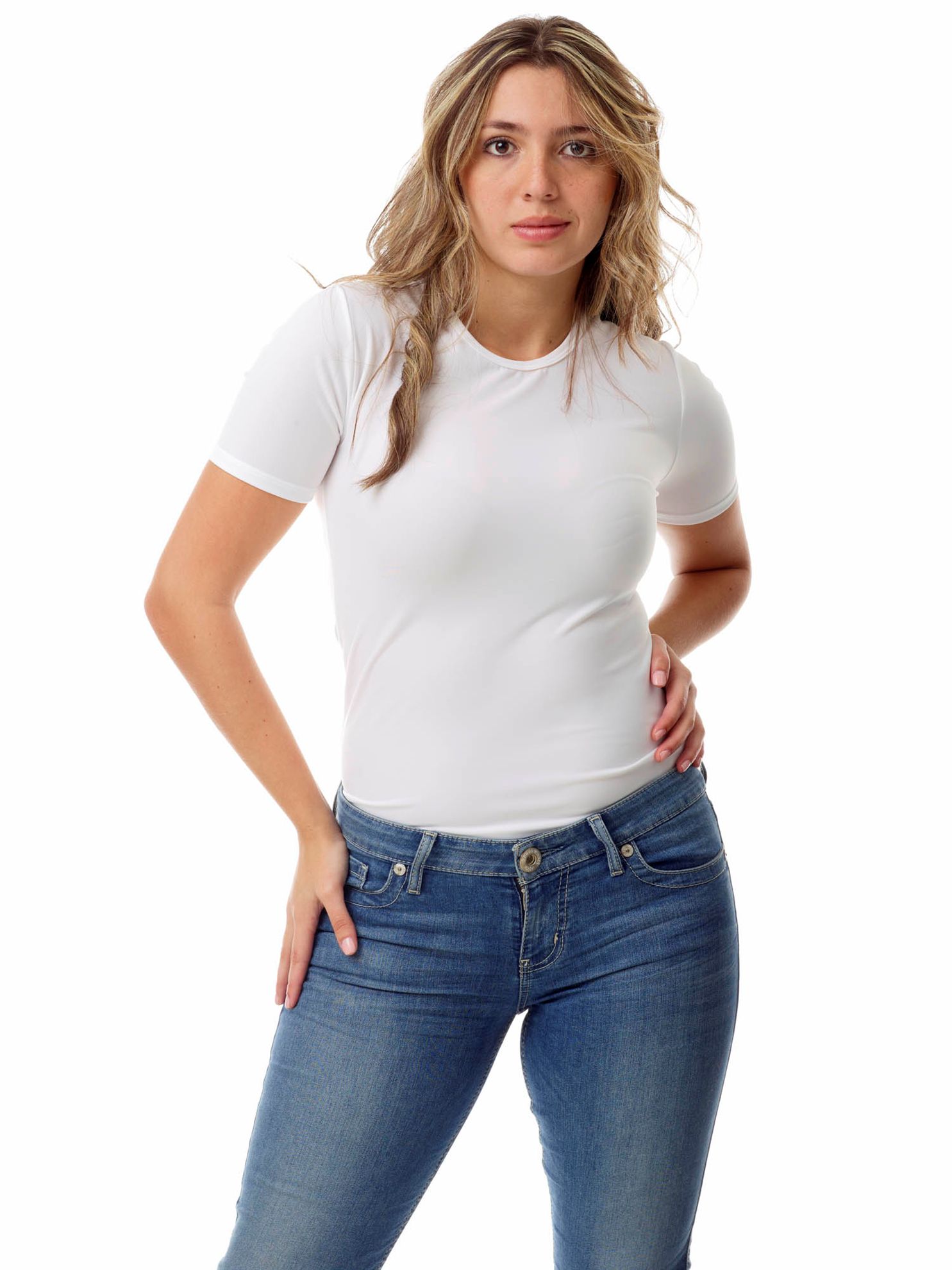

Helping relieve pain from muscle stiffness and soreness.It wicks sweat away from the body to prevent chafing and rashes.It keeps the muscles warm to prevent muscle strain.Other purported benefits of compression sportswear are: Following the event, the combined benefit of these outcomes would be reduced exercise-induced muscle damage.Īs a result, athletes are expected to experience less soreness, edema and faster recovery in the days after exercise. It is hypothesized that the reduced vibration would contribute to less muscle trauma, and as a result, less fatigue and biomechanical alterations during the course of an endurance event. Use of compression gear may also reduce vibration in skeletal muscle during training and competition. It is thought that compression garments may reduce muscle oscillations which will theoretically optimize the contraction direction of muscle fibers, resulting in improved mechanical efficiency and running kinematics. Most who choose to wear compression garments (shirts/leggigns/socks) anticipate that they will experience improved circulation and mechanics. If you aren't going to get wet or sweat too much, it's not really a big deal, but if your shirt is gonna get wet for any reason, cotton is gonna suck.Īlso, during the cold time you can wear the compression shirt underneath other layers of clothing as it will keep your warm and keep the body temperature. Would really be shame to hide, don't you agree? :) If you wear cotton over your compression shirt, the cotton will still stay soaking wet once it gets wet depending on your physical activity.īeisdes, having an amazing compression shirt looking like these ones: One of the benefits of synthetic/spandex/lycra and wool clothing, which are the basis of compression shirt, is that it wicks away moisture and drys fast. It mostly depends on the purpose you will be wearing it for, but in general, if you are wearing compression shirts for doing various types of sports (running, cycling, gym workout etc.) as most of us do, then the best way is to wear compression shirt on it's own without any additional shirt either under or on top of it.
Compression shirt how to#
NOTE: On our shop there is a SIZE GUIDE tab on a all of our product pages displaying the size chart along with the instructions on how to take measures and select the best size.

Wear one size down only if you already have a lot of experiences wearing compression shirts in the past so that you will no longer be surprised with the squeezing sensation that you get from the shirt.

If you are working out, though, these tight and supportive shirts can reduce swelling and inflammation on your upper body. That makes them beneficial for anyone who ends up sitting or standing a lot, even if they’re not planning on working out for the day. Short-sleeved tops tend to tighten your upper body and chest specifically, while long-sleeved ones tighten in the extremities to increase the blood flow back to your core. Are you supposed to wear a regular shirt on top if or not? What Are Compression Shirts ( what is a compression shirt)?Ĭompression shirts are shirts that tighten in particular areas of your chest to strengthen your body. Perhaps the questions itself sounds a bit strange at first sight, but many of our customers and athletes in general starting to use compression apparel are wondering what's the right way to wear the compression apparel whether it's compression shirt or pants? I.E.


 0 kommentar(er)
0 kommentar(er)
